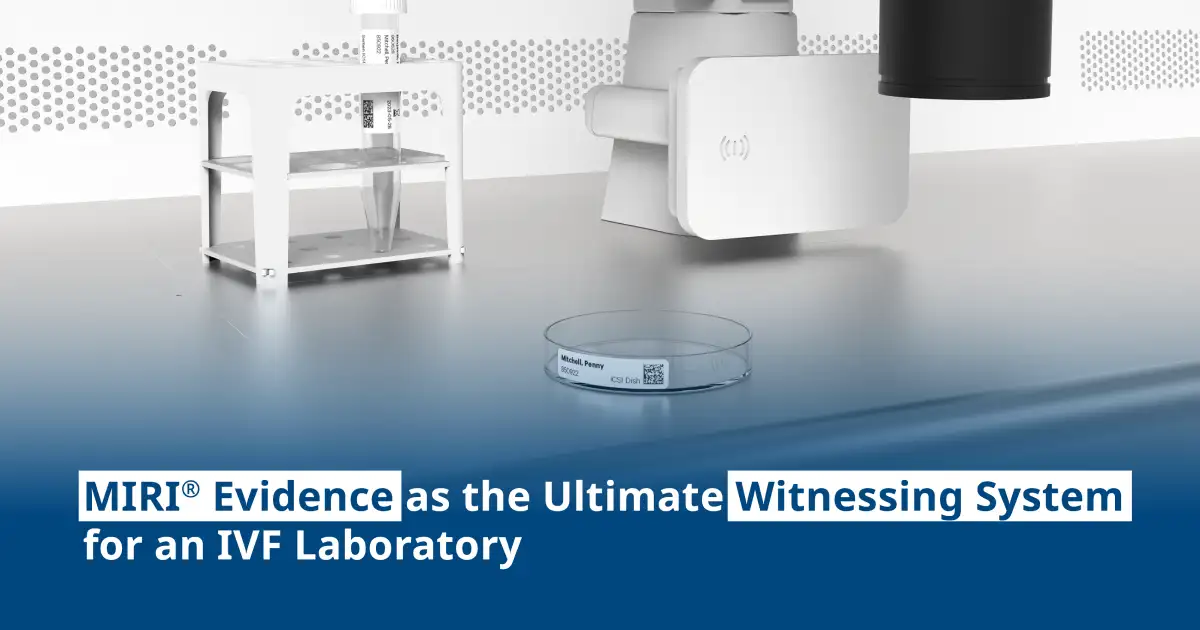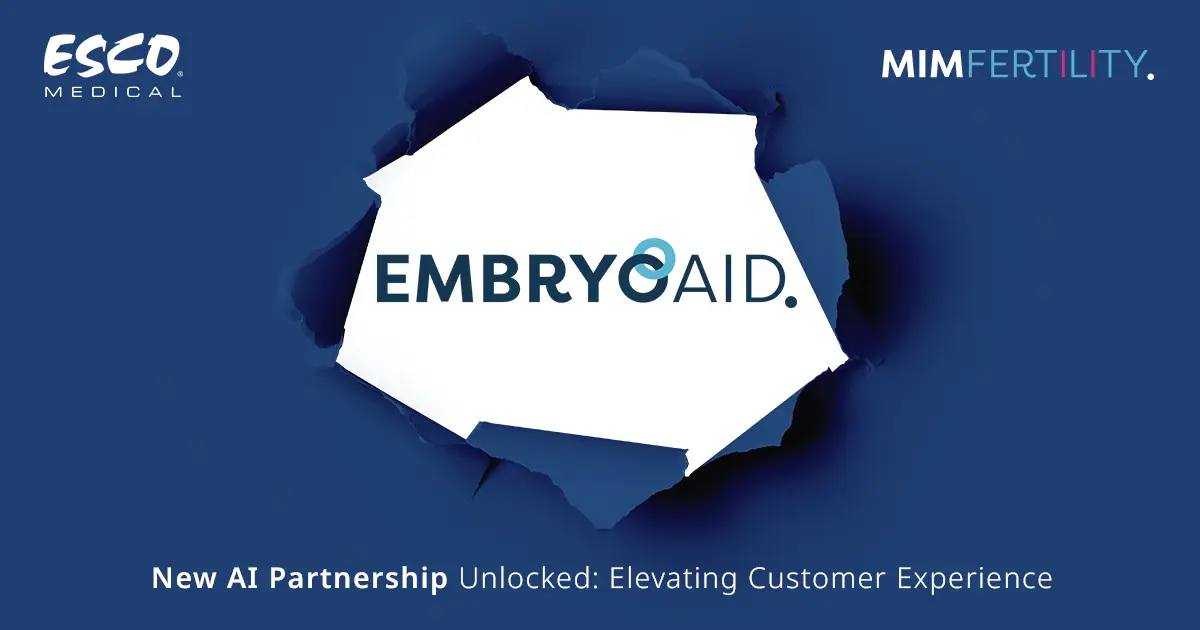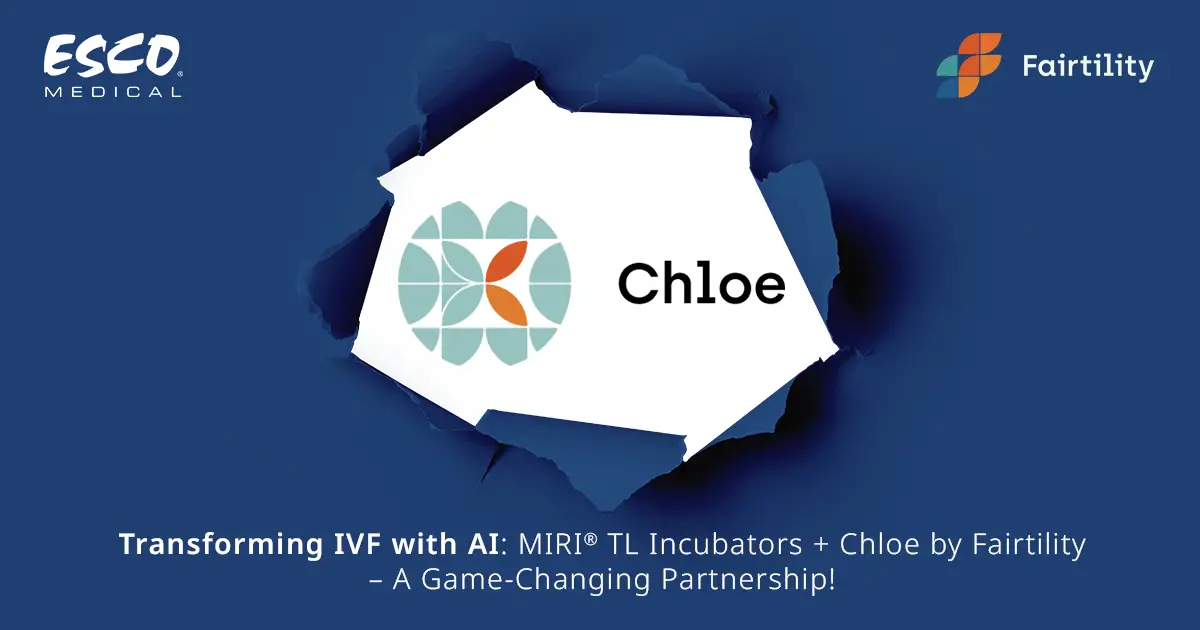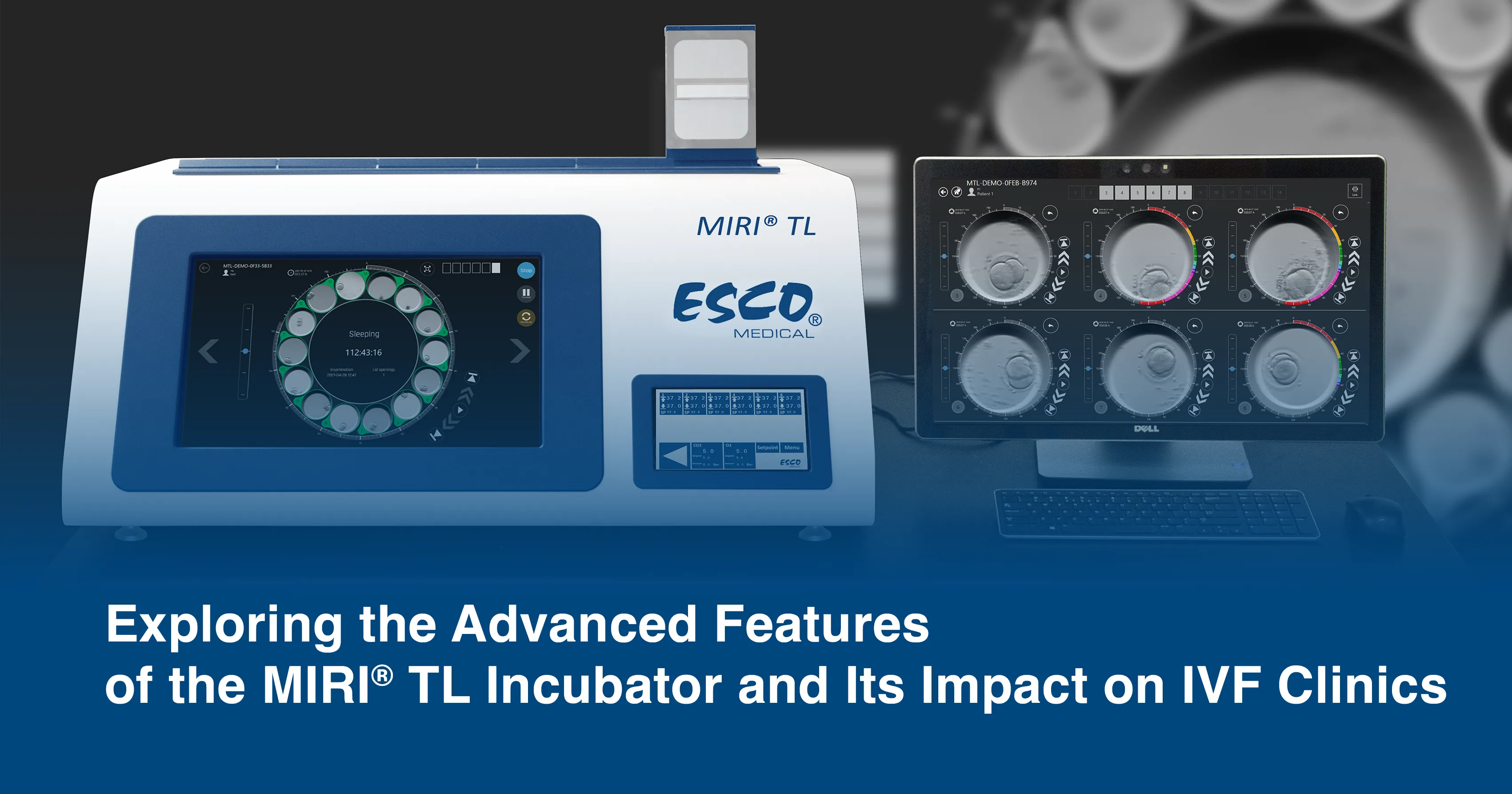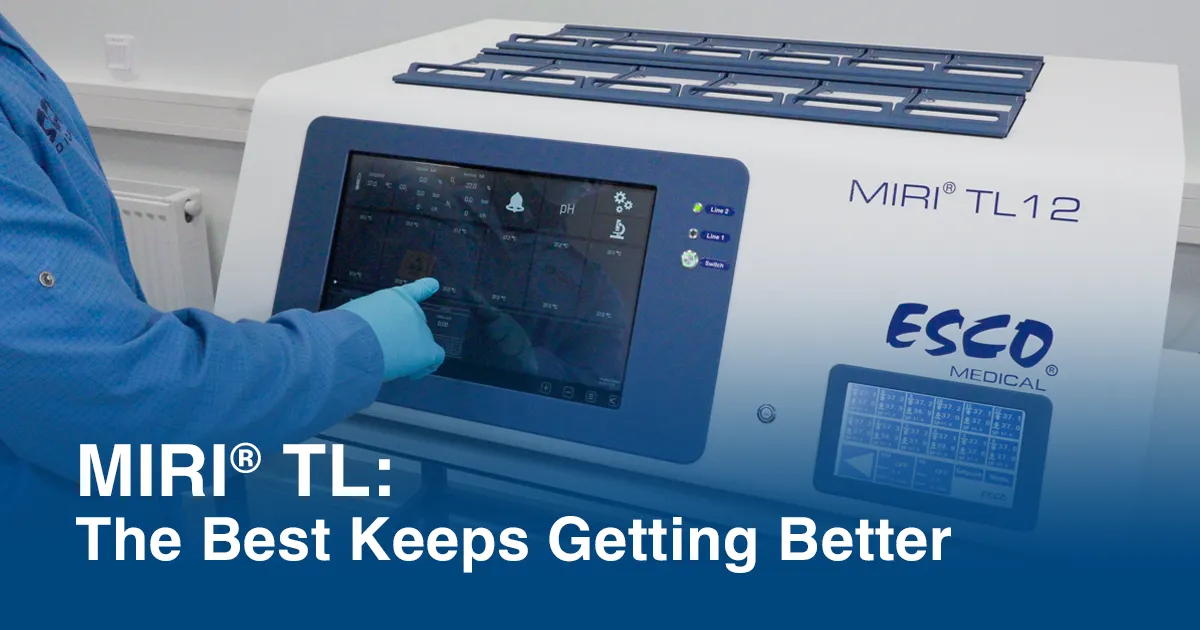With the use of innovative clinical procedures like in vitro fertilization (IVF), intracytoplasmic sperm injection (ICSI), and intracytoplasmic morphologically selected sperm injection (IMSI), assisted reproductive technology (ART) has undertaken noteworthy growth over the past two decades. One technical field that embodies an indispensable requirement for such procedures is microscopy.
Microscopy permits the visualization of gametes and embryos in a satisfactory manner, allowing the evaluation of significant clinical parameters (ie embryo morphokinetics) and techniques like micromanipulation (in the case of ICSI) by not compromising the viability of the specimen. Through the years, clinical microscopy has been necessary to the understanding of sexual reproduction principles specifically on the roles of sperm cells and egg cells prior, throughout, and following the fusion of gametes.
What to look for when choosing a microscope:
Clinical Assisted Reproductive Technology (ART) laboratories make use of a variety of microscopes with which to accomplish various gamete (ova and sperm) selection and clinical procedures. Processes like oocyte pick-up, embryo handling, and micromanipulation require various types of microscopes. Most common models of stereo zoom microscopes, transmitted light sources and inverted microscopes can be integrated into Esco IVF Workstations (Multi-zone ART Workstations – MAW and MAW Class II).
Choosing the right microscope in the IVF laboratory primarily depends on the operation or application the clinic performs. Some important considerations are as follow:
-
General microscopy work:
This requires the use of upright microscopes that are useful during assessment and visualization of sperm (in terms of their morphology, motility and viability).
-
Microscope with an inverted design:
Such kind is useful in instances wherein the specimen stage is subjected to heating, letting cells or embryos to be sustained at temperature constant to the human body (which is 37°C).
-
Microscope with a wide range of magnification objectives:
This will allow accurate adjustments to the stage permitting the integration and control of micro-tools precision vital for sperm and egg cells handling during ICSI.
-
Integration of an infra-red laser system in (inverted) microscopes:
During genetic screening, such a feature will prompt the exceptionally exact removal of the embryo’s outer membrane, allowing single cells to be extracted.
Different types of microscopes used for various IVF applications:
-
1. Upright microscopes
make use of a transmitted light source and condenser that are located below the stage, pointing up. Such microscope’s objectives are placed on top of the stage, pointing down. The specimen/ samples are then observed from the top through the lid of a petri dish or a coverslip. They are primarily used to visualize and assess sperm vitality tests (morphology, motility, and viability) and sperm preparation.
-
2. Inverted microscopes
are made with the tip of the objective pointing upward in order to view the specimen from beneath. The objective is below the stage and the light is directed on the specimen from above. This type of microscope is appropriate for viewing the samples (cells) to be observed through culture vessels and is used with micromanipulators for processes such as ICSI, IMSI.
-
3. Stereo microscopes
provide a 3-dimensional or a "stereo" image when viewing through the microscope. Using such kind makes it simple to view a sample in the entire field of view, allowing efficient focusing and zooming in of a specific part of interest. These are used to assess ova selection, pre-treatment of ova by means of IVF techniques and for manipulation.
The Esco Medical Stereomicroscope
This is a type of optical microscope that allows the user to see a three-dimensional view of a specimen. This Esco MS-I Stereo Microscope is very useful in assessing oocyte and embryo morphology and viability. It has a builtin camera mount where you can place your camera set for better viewing and documentation of images. Moreover, additional objective lenses (0,3x, 0,4x, 0,75x) can be screwed on the microscope head for additional magnification.
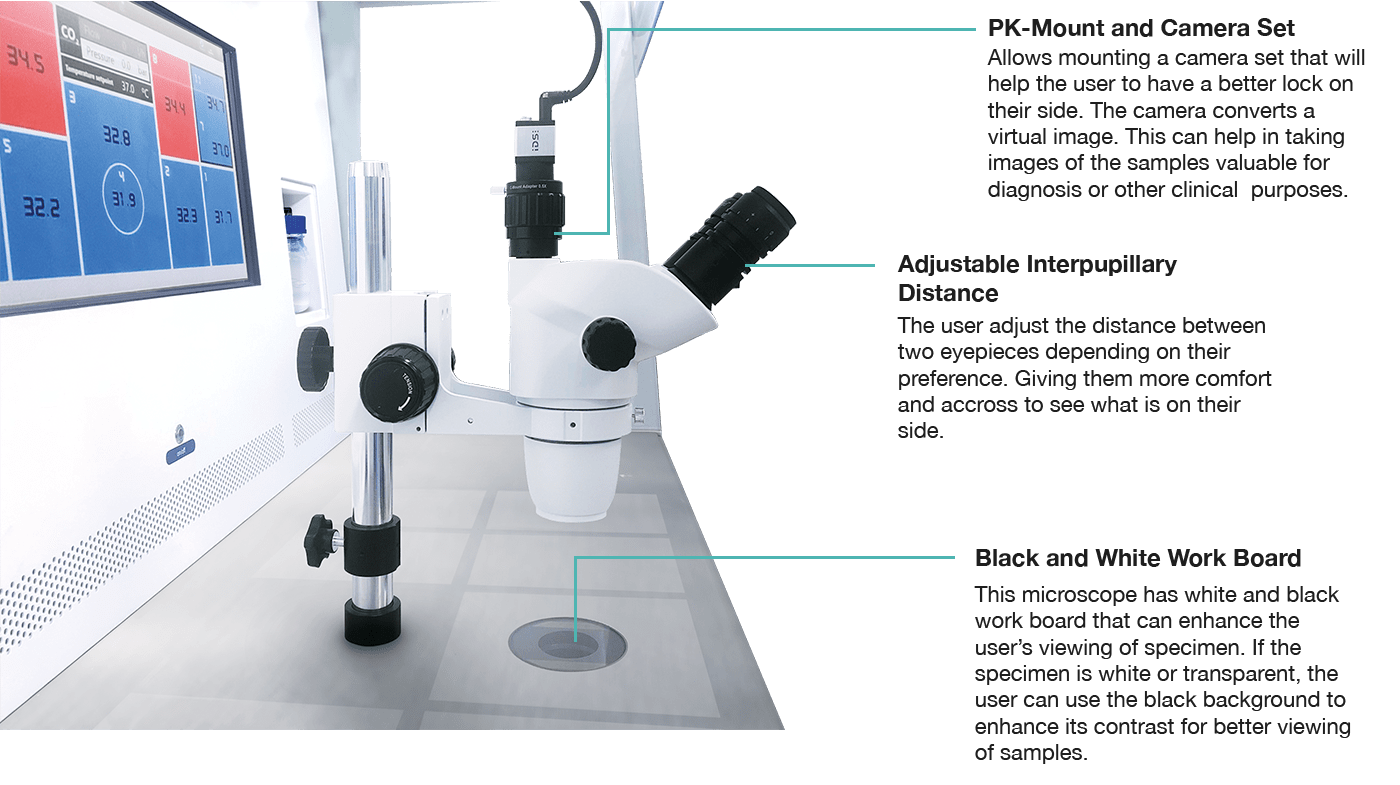
Key Features
-
PK-Mount and Camera Set:
Allows mounting a camera set that will help the user to have a better look on their slide.
-
Adjustable Interpupillary Distance:
Allows adjustment of the distance between two eyepieces depending on their preference.
-
Up Light Source:
This is one of the adaptations in an inverted designed microscope that is useful in an IVF laboratory as it is designed for inspection of gametes and embryos.
-
Black and White Work Board:
This enhances the user’s viewing of specimen/ samples.
Troubleshooting your stereomicroscope:
Do you encounter problems when using your stereomicroscope? The performance of the microscope can't be made fully because of unfamiliar use. This table will give some advice.
PROBLEM |
OPTICAL SYSTEM CAUSE |
REMEDY |
|---|---|---|
|
1) Brightness is too bright or too dark |
Brightness is not well adjusted |
Make right adjustment |
|
2) Dirt appears in the field of view |
Dirt on the specimen |
Clean the specimen |
|
Dirt on the surface of eyepiece |
Clean the surface |
|
|
Dirt on the surface of the objective |
Clean the objective |
|
|
Dirt on the working stage |
Clean the working stage |
|
|
3) Double image |
Interpupillary distance is not correct |
Readjust it |
|
Diopter adjustment is not correct |
Readjust it |
|
|
Magnification of each eyepiece is not the same size |
Mount the same size eyepiece |
|
|
4) Image is not clear |
Dirt on the surface of the objective |
Clean the objective |
|
5) Image is not clear while the changing focus |
Diopter adjustment is not correct |
Readjust the diopter |
|
Focus is not correct |
Readjust the focus |
|
|
6) The image on the monitor is not clear when the focusing knob is turned |
The focus of video is not correct |
Readjust the focus of video |
| CIRCUIT SYSTEM | ||
|---|---|---|
|
1) Bulb does not work when the switch is on |
The bulb is not inserted correctly |
Insert it correctly |
|
Bulb is wrong |
Replace bulb |
|
|
Fuse is broken |
Replace fuse |
|
|
There is something obstructing the light |
Clean the work stage |
|
|
2)Bulb is burned out suddenly |
The voltage is too high |
Use voltage regulator |
|
Used the wrong bulb |
Replace with correct one |
|
|
3) Fuse is always burned out |
The voltage is too high |
Use voltage regulator |
|
4) The bulb flickers or the brightness is unstable |
The bulb will burn out soon |
Replace with a new one |
|
The bulb was not inserted correctly |
Insert bulb correctly |
|
Esco supplies all common microscope brands and models. However, microscopes already in use and microscopes purchased separate can be installed onto Esco IVF Workstations.
If you have an existing microscope or preferred model, please contact Esco and provide us with details. If you do not have a preferred make/model, Esco has a partnership with Nikon Japan, and will work with you to select an appropriate Nikon model to meet your requirements.
